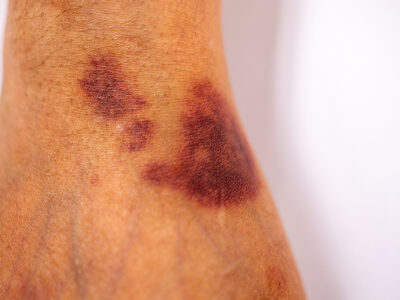Normally, if you cut yourself, your body rushes to form a blood clot at the site of the injury to staunch the bleeding. Clots are mostly made of platelets, a type of blood cell, and protein clotting factors that work together to form a fibrin “plug” around the injured area. But if you have a bleeding disorder, this clotting process […]
Health
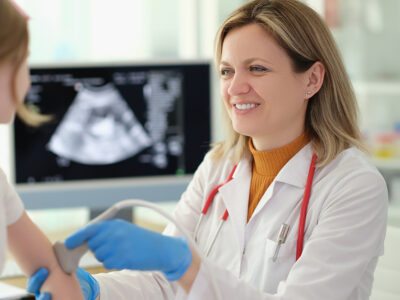

Recognizing the Signs: Common Symptoms of Juvenile Arthritis in Children
It’s probably pretty common for people to equate the term arthritis with osteoarthritis, the wear-and-tear form of arthritis that’s common in adults as we get older. But that’s just one type of arthritis. There are many more, including types that specifically affect children. In general terms, that group of disorders is referred to as childhood arthritis or juvenile arthritis. The […]
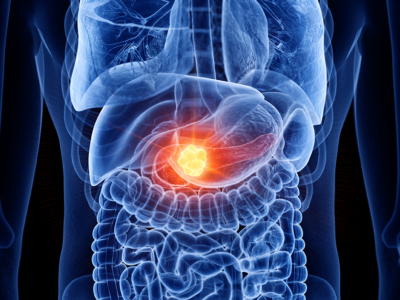

A Closer Look At Pancreatic Cancer
November is Pancreatic Cancer Awareness Month, so let’s take a few minutes to ponder this deadly disease. First, let’s learn a little bit about the pancreas and its important contributions to the body’s day-to-day functioning. The pancreas is an oblong organ that sits across the back of the abdomen, between the stomach and the spine. It consists primarily of two […]
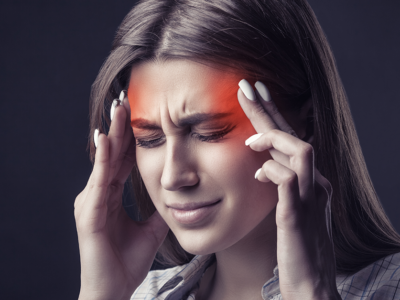

Wrapping Your Head Around Migraines
This is National Migraine and Headache Awareness Month. Let’s observe it by taking a closer look at migraine, which is more than a headache. Migraine is a disabling neurological condition that has different symptoms and treatment approaches compared to other types of headaches, such as tension and cluster headaches. Migraine causes pulsing pain that often starts on one side of […]
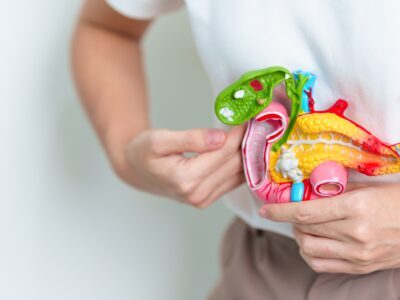

Pondering Pancreatic Cancer
Let’s take a few minutes to ponder pancreatic cancer. First, let’s learn a little bit about the pancreas and its important contributions to the body’s day-to-day functioning. The pancreas is an oblong organ that sits across the back of the abdomen, between the stomach and the spine. It consists primarily of two types of cells. Exocrine cells make key enzymes […]


If You Drink This Holiday Season, Don’t Even Think About Driving
Car accidents involving intoxicated drivers happen even more often during the holidays, when social binge-drinking is more accepted and prevalent. Increased drinking at holiday parties and gatherings leads to an uptick in impaired drivers on the road and a higher risk for alcohol-related accidents. So, even if you drive sober, there’s a greater chance you’ll be sharing the road with […]


Select Safe Toys And Gifts This Holiday Season
December is a month of multiple religious and cultural celebrations. A tradition common to these celebrations is the giving of gifts to our loved ones, particularly our children. We all want to make our kids happy this holiday season. But before you give them that toy they’ve been asking for, make sure it’s safe. That’s the message of National Safe […]
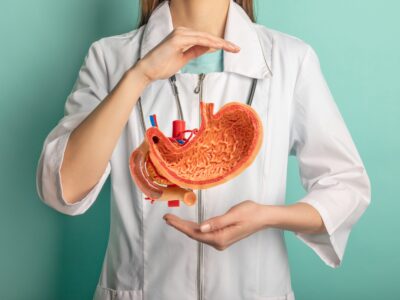

Some Hard Facts About Stomach Cancer
Your stomach is a sac-like organ that plays an important role in the digestive process. Stomach cancer develops when stomach cells begin to grow and divide out of control and form masses, or tumors. Most stomach cancers – about 90 to 95 percent – begin in the gland cells of the mucosa, the innermost lining of the stomach. These cancers, […]


Hand-y Tips for Staying Healthy
We all know that bacteria and viruses, including the coronavirus that causes COVID-19, trigger infections that can be serious and even life-threatening. These germs are easily spread when you touch contaminated objects or surfaces and then touch your nose, mouth or eyes, where the malicious microbes can enter your body and make you ill. Consider all the objects you touch […]




